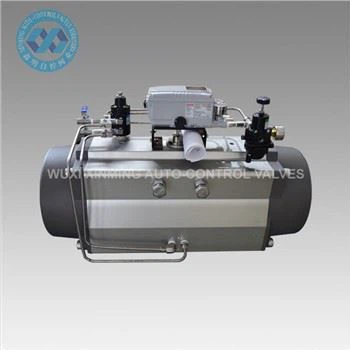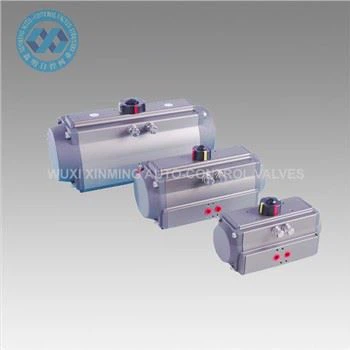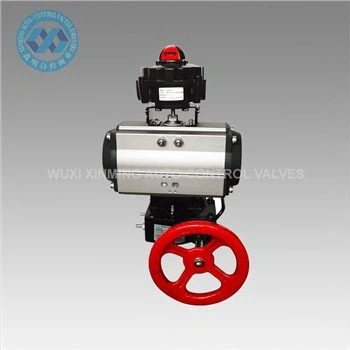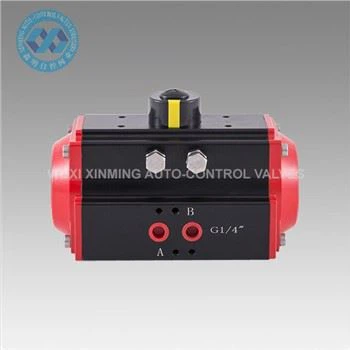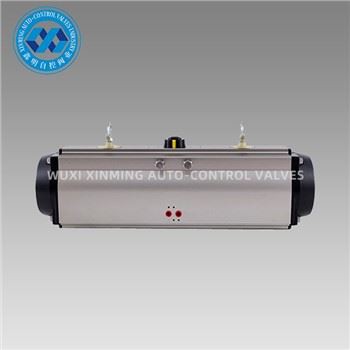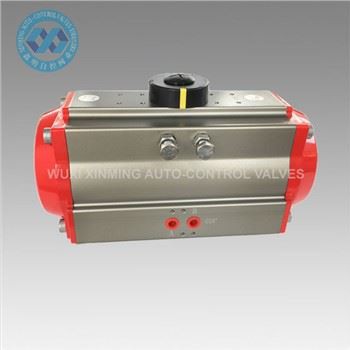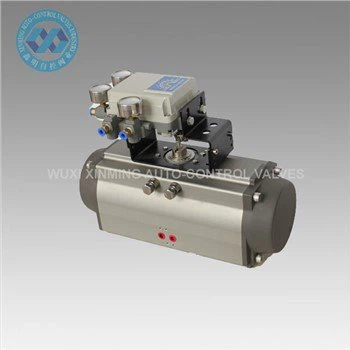Abstract
Wearable pneumatic haptic actuators (WPHAs) represent a cutting-edge technology in the field of human-computer interaction (HCI), offering soft, compliant, and highly adaptable tactile feedback. Unlike traditional rigid actuators, WPHAs leverage pneumatic principles to deliver safe, energy-efficient, and customizable haptic sensations. This article reviews the working principles, material innovations, control strategies, and emerging applications of WPHAs, highlighting their potential in virtual reality (VR), medical rehabilitation, assistive devices, and teleoperation.
1. Introduction
Haptic feedback is crucial for immersive interactions in VR, robotics, and prosthetics. Conventional electromagnetic or piezoelectric actuators often suffer from rigidity, high power consumption, or limited scalability. WPHAs address these challenges by utilizing air pressure to inflate/deflate soft structures, enabling precise force modulation and conformability to human skin. Their lightweight, low-cost, and biocompatible nature makes them ideal for wearable applications.
2. Working Principles
WPHAs typically consist of:
- Soft inflatable membranes: Made of elastomers (e.g., silicone, Ecoflex) that expand under pneumatic pressure.
- Microfluidic channels: Embedded networks to direct airflow and create localized deformation.
- Pressure control systems: Miniaturized pumps/valves for dynamic pressure regulation.
Actuation modes include:
- Static inflation: Sustained pressure for constant force feedback.
- Dynamic pulsation: High-frequency pulses for vibrotactile effects.
- Shape morphing: Pre-programmed deformations to mimic textures.
3. Material and Design Innovations
Recent advances focus on:
- Self-healing elastomers: Enhance durability against punctures.
- Stretchable electronics: Integrate sensors for closed-loop control.
- 3D-printed architectures: Customizable geometries (e.g., PneuNets) for multi-DOF feedback.
4. Control Strategies
- PID controllers: Maintain stable pressure under load variations.
- Machine learning: Predict user intent for adaptive feedback.
- Fabric-based sensors: Measure skin deformation to avoid overpressure.
5. Applications
5.1 VR/AR
WPHAs enable realistic touch sensations (e.g., virtual object contact) in gloves or suits. Example: Meta’s pneumatic haptic glove prototypes.
5.2 Medical Rehabilitation
Soft actuators assist stroke patients in regaining motor control via gentle force guidance.
5.3 Assistive Technology
Tactile displays for the visually impaired use WPHAs to convey Braille or spatial information.
5.4 Teleoperation
Haptic feedback in robotic surgery improves precision by transmitting tissue resistance.
6. Challenges and Future Directions
- Miniaturization: Smaller pumps/valves for untethered wearability.
- Energy efficiency: Low-power systems for prolonged use.
- Multimodal integration: Combining pneumatic feedback with thermal/electrostatic cues.
7. Conclusion
WPHAs are revolutionizing haptics by merging soft robotics with wearability. As material science and control algorithms evolve, their applications will expand into consumer electronics, healthcare, and beyond, bridging the gap between digital and physical interactions.
If you want to learn more about low-priced products, please visit the following website: www.xm-valveactuator.com


